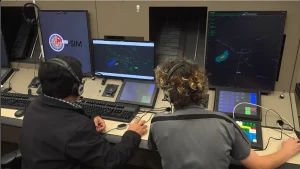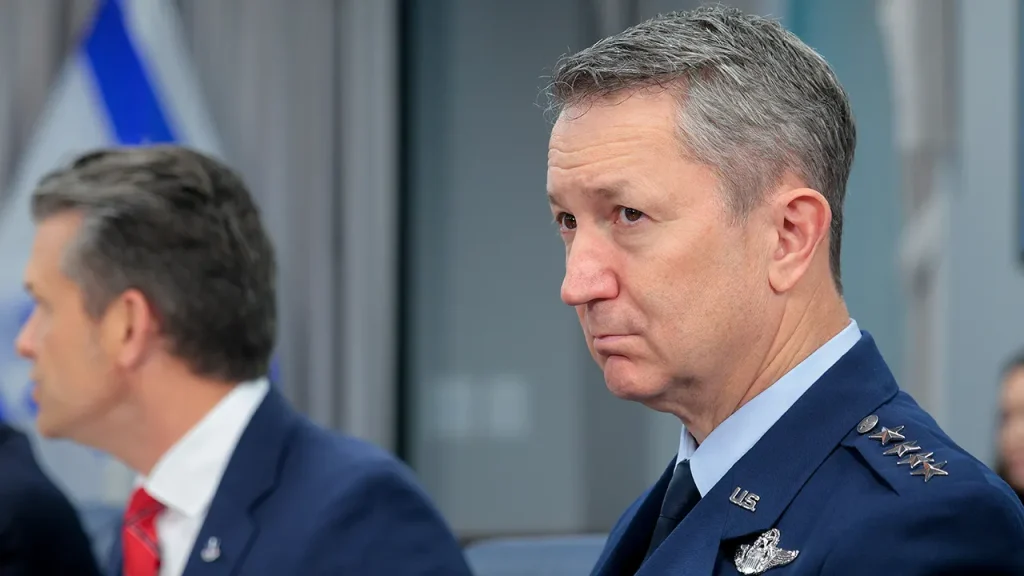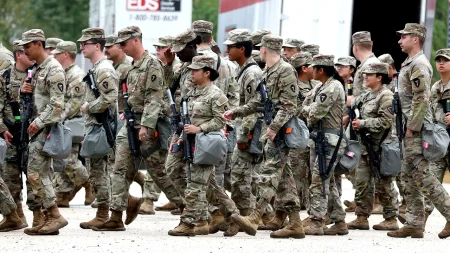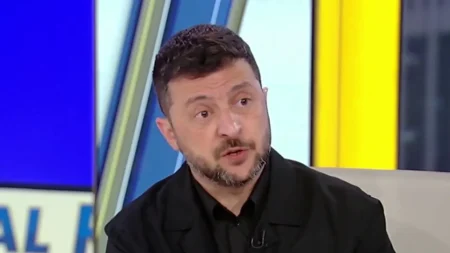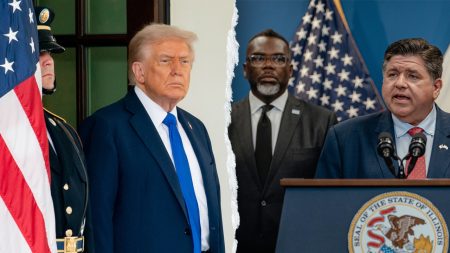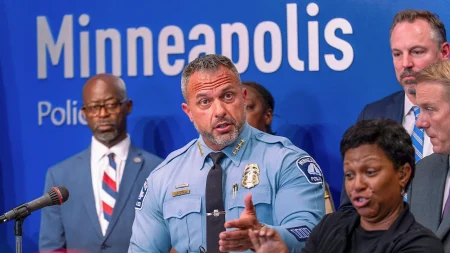Top Military Leaders Visit Puerto Rico to Thank Troops Amid Caribbean Operations
In a show of gratitude and strategic reinforcement, Chairman of the Joint Chiefs of Staff General Dan Caine and Senior Enlisted Advisor to the Chairman (SEAC) David L. Isom are scheduled to visit Puerto Rico on November 24, 2025. This marks their second visit to the island, where they will engage directly with service members stationed there and sailors operating in Caribbean waters. The Pentagon’s announcement highlights the importance of these forces in supporting regional missions across the Caribbean and Latin America. The visit reflects the administration’s commitment to maintaining a strong military presence in a region that has become increasingly significant in America’s broader security strategy, particularly regarding counter-narcotics operations and territorial security in the Western Hemisphere.
This high-profile visit follows a previous trip in September when General Caine and Secretary of War Pete Hegseth represented the Trump administration at Muñiz Air Base outside San Juan. During that visit, they met with approximately 300 soldiers and key military leadership, including Puerto Rico National Guard Adjutant General Carlos José Rivera-Román and Public Safety Secretary Brigadier General Arthur Garffer. Hegseth’s address to the troops carried significant weight as he referred to them as “American warriors” and emphasized the administration’s commitment to ensuring U.S. Armed Forces remain the best equipped and prepared military in the world. Such rhetoric underscores the strategic importance being placed on military operations based in Puerto Rico, which serves as a crucial staging area for U.S. activities throughout the Caribbean Basin.
The timing of this second visit is particularly notable as it occurs amid escalating military operations in the Caribbean Sea, especially near Venezuela. The U.S. has significantly expanded its naval footprint in the region as part of President Donald Trump’s intensified campaign to disrupt drug trafficking networks operating from Latin America. This naval buildup represents a tangible manifestation of the administration’s hardline stance against narcotics trafficking and its determination to address what it perceives as a direct threat to homeland security. The presence of top military leadership in Puerto Rico signals to both allies and adversaries the seriousness with which the United States views these regional security challenges and its willingness to deploy substantial resources to address them.
The visit comes on the heels of Hegseth’s recent announcement of Operation Southern Spear, an ambitious military initiative specifically targeting narco-terrorist networks throughout Latin America. Under the leadership of U.S. Southern Command and the newly formed Joint Task Force Southern Spear, this operation represents a significant escalation in American counter-narcotics efforts in the region. In his public statement on social media, Hegseth framed the mission in stark terms, describing it as essential for defending the homeland, removing narco-terrorists from the Western Hemisphere, and protecting American citizens from the deadly impact of illegal drugs. This framing reflects the administration’s tendency to view drug trafficking not merely as a law enforcement issue but as a national security threat requiring military solutions—a perspective that has shaped the increasingly aggressive posture of U.S. forces in the Caribbean.
Since early September 2025, this enhanced military campaign has already produced tangible—and controversial—results. U.S. forces have conducted numerous lethal strikes against suspected narcotics vessels in both the Caribbean and eastern Pacific, resulting in the destruction of dozens of ships allegedly tied to prominent criminal organizations including Venezuela’s Tren de Aragua gang and Colombia’s Ejército de Liberación Nacional (ELN). These operations have reportedly resulted in approximately 82 casualties among suspected narco-terrorists, with only three survivors reported. The campaign began with a September 2nd strike that killed 11 alleged members of Tren de Aragua and has continued with a series of operations targeting trafficking routes. The military has struck various vessel types, including submersibles, fishing boats, and high-speed craft, some within close proximity to Venezuela’s coastline—a fact that has raised diplomatic tensions in the region.
The intensification of these military operations has not been without controversy, particularly regarding strikes near sovereign territories and the resultant casualties. One operation against an ELN-affiliated vessel drew explicit criticism from Colombia’s president following the deaths of three individuals. The concentration of recent strikes in the eastern Pacific indicates a possible shift in operational focus, perhaps in response to changing trafficking patterns or diplomatic pressures. As Caine and Isom prepare to meet with troops in Puerto Rico, they do so against this backdrop of intensified military action and regional tension. Their visit serves multiple purposes: boosting morale among deployed forces, assessing operational effectiveness, and demonstrating the administration’s unwavering support for what has become one of the most active military campaigns in the region in recent years. The outcome of Operation Southern Spear and related initiatives may significantly reshape security dynamics throughout the Caribbean and Latin America for years to come, with Puerto Rico cementing its role as a crucial forward operating base for U.S. interests in the hemisphere.

